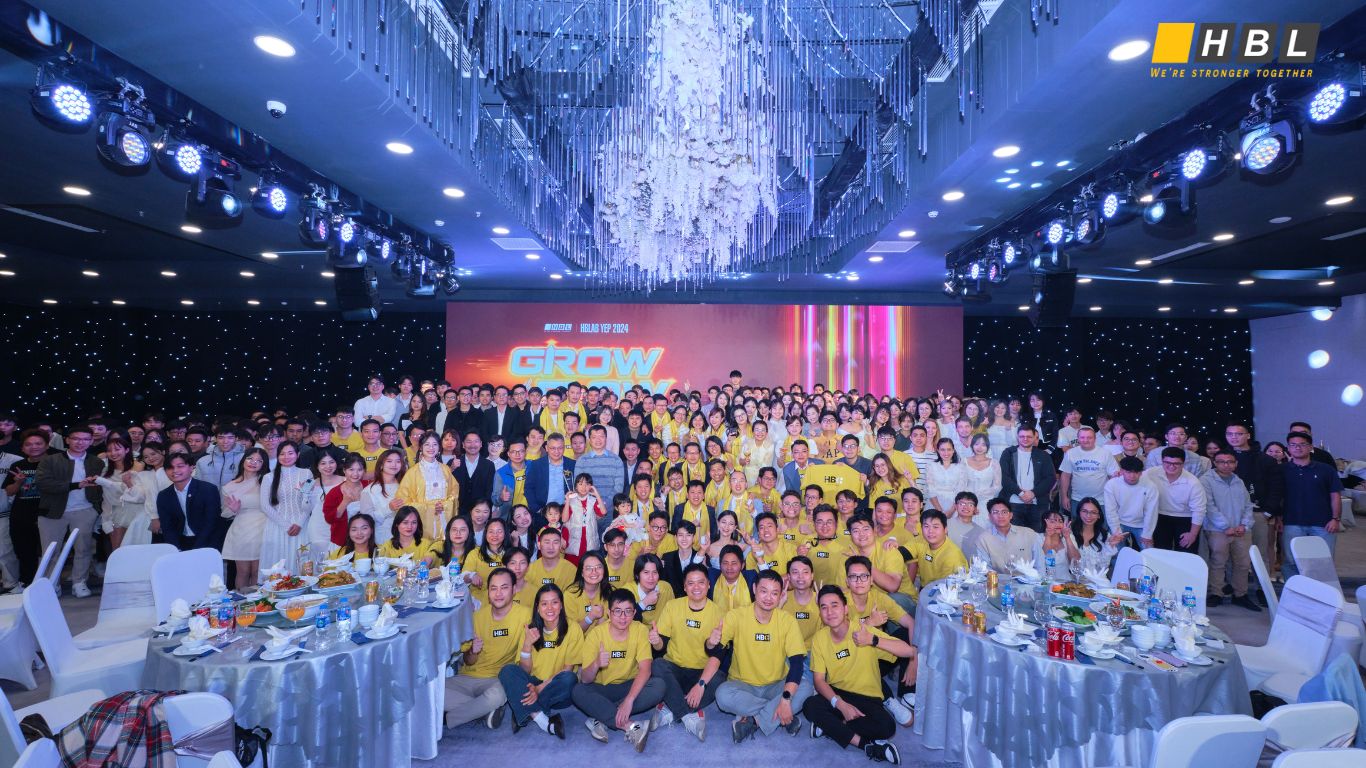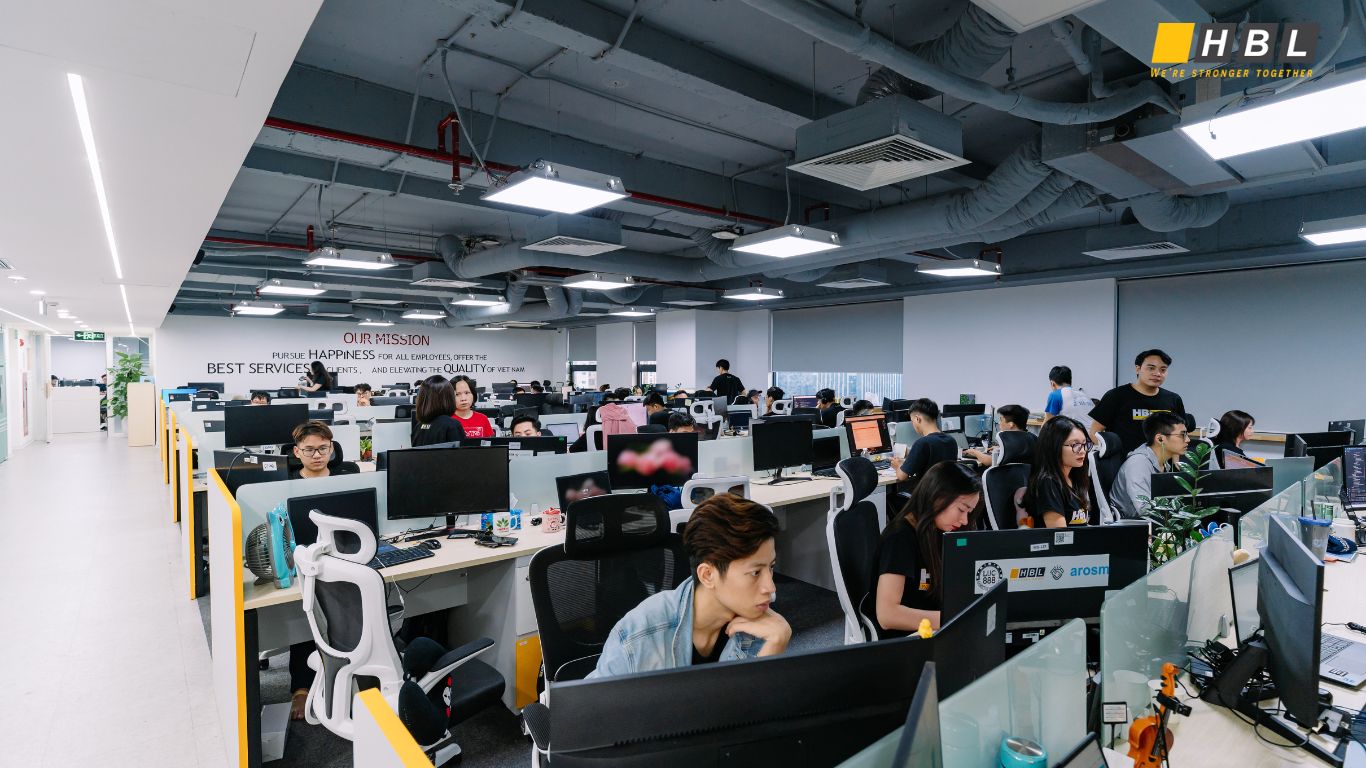As businesses evolve in an increasingly digital world, technology has become the engine that drives growth, efficiency, and innovation. However, maintaining an in-house IT team to meet every technical need isn’t always practical—or cost-effective. That’s where Information Technology Outsourcing (ITO) comes into play.
Introduction to Information Technology Outsourcing (ITO)
ITO is the process of partnering with external technology providers to handle specific IT functions or entire operations. These services can range from software development and cloud infrastructure to cybersecurity, help desk support, and beyond.
By outsourcing IT tasks, companies can tap into specialized skills, speed up project timelines, and reduce overhead costs—without sacrificing quality. It also allows internal teams to stay focused on strategic goals rather than daily technical challenges.
Whether you’re a startup looking to scale quickly or an enterprise seeking agility in innovation, ITO offers a flexible path to smarter operations. In the sections ahead, we’ll explore the benefits, models, and key trends shaping this dynamic global practice.

Why Should Companies Choose Information Technology Outsourcing?
Information Technology Outsourcing (ITO) helps businesses reduce costs, speed up innovation, and stay agile in a competitive market. Here’s why it’s a smart choice:
1. Cost Efficiency Without Compromising Quality
Building and maintaining an in-house IT department requires significant investment in hiring, training, infrastructure, and ongoing support. Outsourcing allows businesses to convert fixed IT costs into variable ones, paying only for the services they need when they need them. This model is especially attractive for startups or mid-sized businesses looking to control expenses while accessing expert solutions.
2. Access to Global Talent and Specialized Expertise
Technology is evolving at a rapid pace, and keeping up with the latest tools, platforms, and best practices can be overwhelming. Outsourcing provides access to experienced professionals across various fields—whether it’s AI, cybersecurity, cloud computing, or custom software development—without the burden of full-time hires.
3. Faster Time-to-Market
Outsourcing partners often have streamlined workflows and ready-to-deploy teams, which enables faster execution of projects. This means businesses can roll out new products or services quicker, respond to market changes swiftly, and stay ahead of the competition.
4. Scalability and Flexibility
Business needs fluctuate, especially in industries affected by seasonal demand or shifting customer expectations. Outsourcing offers the flexibility to scale teams up or down based on project requirements, allowing companies to remain agile without long-term commitments.

5. Focus on Core Business Functions
By offloading technical tasks to external experts, internal teams can focus on what they do best—whether that’s business development, customer service, or innovation. This realignment of focus helps companies grow more strategically and improve overall efficiency.
Common Models of IT Outsourcing You Should Know
When considering information technology outsourcing, it’s important to choose the right delivery model. Each has unique advantages depending on business goals, budget, and timeline.
1. Onshore Outsourcing
Partnering with service providers in the same country. This offers smoother communication, similar time zones, and cultural alignment—ideal for high-collaboration projects.
2. Nearshore Outsourcing
Working with vendors in nearby countries or regions. It balances cost savings with time zone compatibility, making coordination more efficient.
3. Offshore Outsourcing
Collaborating with teams in distant countries, often for lower labor costs. Popular for development and support services, offshore outsourcing is cost-effective but may require stronger project management.

4. Managed Services
Outsourcing entire IT functions (e.g., helpdesk, infrastructure) to a provider who takes full responsibility. Ideal for companies looking to offload day-to-day IT operations.
5. Project-Based Outsourcing
Hiring a team for a specific task or short-term project (e.g., mobile app development). Best for companies that need expertise without a long-term commitment.
Key Industries Leveraging Information Technology Outsourcing
In an era where digital transformation drives business success, many industries turn to Information Technology Outsourcing (ITO) to stay competitive, scalable, and innovative. Below are key sectors that are reaping significant benefits from outsourcing their IT functions:
1. Finance & Banking
The financial sector faces constant pressure to innovate while complying with strict regulatory requirements. Banks, insurance companies, and fintech firms outsource core IT services such as:
- Cybersecurity and fraud detection systems
- Mobile banking and payment app development
- Core banking software and infrastructure management
- RegTech (regulatory technology) integrations
By outsourcing to experienced vendors, financial institutions can deploy secure, compliant, and user-friendly platforms faster than with in-house resources.
2. Healthcare & Life Sciences
Hospitals, clinics, and health tech startups outsource IT to manage sensitive patient data, reduce operational burdens, and scale innovation in care delivery. Key areas include:
- Electronic Health Record (EHR) system development
- Telemedicine and remote patient monitoring platforms
- Data encryption and HIPAA-compliant cloud services
- AI-assisted diagnostics and patient analytics
ITO allows healthcare providers to focus on patient care while relying on tech partners for secure and scalable digital solutions.
3. Retail & eCommerce
In the age of omnichannel commerce, retailers outsource IT to enhance customer experience and streamline operations. Common outsourcing services include:
- Custom eCommerce platform development
- Inventory, supply chain, and logistics automation
- AI-powered recommendation engines
- Secure payment gateway integration
By working with IT partners, retailers can reduce cart abandonment, personalize user journeys, and scale rapidly during seasonal peaks.
4. Manufacturing & Supply Chain
With Industry 4.0 on the rise, manufacturers increasingly outsource IT for operational efficiency and real-time data visibility. Typical outsourcing projects involve:
- IoT-based smart factory solutions
- Predictive maintenance and analytics platforms
- Supply chain management and automation tools
- Digital twin and simulation software
ITO enables manufacturers to modernize legacy systems and embrace digital transformation without overhauling internal IT departments.
5. Education & eLearning
The education sector is undergoing a major shift toward digital learning. Schools, universities, and edtech providers outsource IT to deliver:
- Custom Learning Management Systems (LMS)
- Mobile and web-based eLearning platforms
- AI-based tutoring and content recommendation engines
- Virtual classroom and collaboration tools
Outsourcing helps institutions scale education access, especially in remote or hybrid learning environments.
6. Technology Companies & Startups
Tech firms and startups rely heavily on outsourcing to bring their ideas to life quickly and cost-effectively. Services typically include:
- Full-cycle software development (MVP to scaling)
- Cloud infrastructure and DevOps management
- QA testing and technical support
- UI/UX design and product enhancements
For startups, ITO offers the agility to build, test, and launch digital products without the delays of full-time hiring.
Challenges in IT Outsourcing & How to Overcome Them
While Information Technology Outsourcing (ITO) offers significant benefits, it’s not without challenges. Understanding these hurdles—and knowing how to navigate them—is key to building successful, long-term outsourcing partnerships.
1. Communication Gaps
Challenge:
Time zone differences, language barriers, and lack of face-to-face interaction can lead to misunderstandings, delays, or unclear expectations.
Solution:
- Use collaboration tools like Slack, Jira, and Zoom for real-time communication
- Establish regular check-ins and progress updates
- Define clear documentation standards and communication protocols upfront
2. Quality Control Issues
Challenge:
Outsourcing may result in inconsistent code quality or unmet performance expectations if the vendor lacks proper standards or domain understanding.
Solution:
- Set KPIs and SLAs (Service-Level Agreements) early
- Implement regular code reviews and QA processes
- Choose vendors with proven experience and strong technical portfolios
3. Data Security & Compliance Risks
Challenge:
Outsourcing IT functions can expose sensitive business data, especially when working with offshore teams unfamiliar with your region’s compliance laws.
Solution:
- Work only with ISO-certified or GDPR/HIPAA-compliant vendors
- Use NDAs and legal contracts to protect IP and data
- Implement secure development practices and access control policies
4. Hidden Costs & Budget Overruns
Challenge:
Initial cost savings can be lost if scope creep, poor planning, or unexpected technical issues arise.
Solution:
- Start with a well-defined scope and budget estimate
- Use time-tracking and project management tools to monitor progress
- Consider starting with a small pilot project before scaling up
5. Cultural & Workstyle Differences
Challenge:
Different work cultures and expectations around deadlines, feedback, and ownership can affect project momentum and team dynamics.
Solution:
- Foster cultural understanding through onboarding and regular engagement
- Encourage open feedback and clarify expectations early
- Choose outsourcing partners with experience working in your region
6. Vendor Dependency or Lock-In
Challenge:
Long-term reliance on a single outsourcing provider can limit flexibility and increase risk if the relationship goes south.
Solution:
- Maintain proper documentation and code ownership
- Avoid proprietary systems that tie you to a single vendor
- Have a transition plan or multi-vendor strategy in place
By proactively addressing these challenges, businesses can build strong, resilient outsourcing relationships that deliver long-term value and innovation.
Best Practices for Successful IT Outsourcing
To fully leverage the benefits of IT outsourcing, businesses must go beyond cost-saving goals and adopt strategic approaches. Here are key best practices to ensure successful and sustainable outsourcing partnerships:
1. Define Clear Objectives and Scope
Before engaging with any vendor, outline your goals, deliverables, timelines, and expected outcomes. A well-defined scope prevents misunderstandings and ensures alignment from the start.
2. Choose the Right Partner, Not Just the Cheapest
Look for providers with a strong track record, domain expertise, and cultural compatibility. Consider past project success, technical capabilities, and their ability to scale with your business.
3. Prioritize Communication and Transparency
Establish regular meetings, status updates, and collaborative tools to maintain clear communication. Set expectations early and encourage openness to prevent misalignment or project delays.
4. Protect Data and Intellectual Property
Ensure your vendor complies with data security standards (such as GDPR, HIPAA, ISO/IEC 27001) and signs legally binding NDAs. This helps safeguard sensitive information and build trust.
5. Start with a Pilot Project
Before committing to long-term contracts, consider a smaller trial phase to evaluate the vendor’s performance, collaboration style, and delivery quality.
6. Monitor Performance with KPIs and SLAs
Use key performance indicators (KPIs) and service-level agreements (SLAs) to measure outcomes, productivity, and issue resolution times. Regular assessments help improve quality and accountability.
7. Build a Collaborative Mindset
Treat your outsourcing partner as an extension of your internal team. Invest time in onboarding, share your company’s vision, and foster a cooperative environment.
8. Stay Agile and Open to Change
The tech landscape evolves rapidly—ensure your outsourcing strategy is flexible enough to adapt to new tools, talent models, or changes in project priorities.
Top Information Technology Outsourcing Providers by Region
1. HBLAB JSC – Vietnam
HBLAB JSC is a standout IT outsourcing partner for businesses seeking cost-effective, high-quality development services.
Offices: Vietnam, Japan, Korea, Singapore

Key Services:
-
- Web/App Development
- Data Solutions & AI
- Offshore Development Center (ODC)
- RPA & Digital Transformation
- Web/App Development
Why HBLAB?
-
- Flexible engagement models
- Fast delivery, competitive cost
- Multilingual engineers with strong cross-cultural communication
- Flexible engagement models

Ideal for: Companies looking for a reliable tech partner in Asia who can adapt to startups and enterprise needs.
2. Tech Mahindra – India
Popular among telecom, finance, and manufacturing industries.
Strengths: Network engineering, enterprise application services, customer experience platforms.
3. NCS Group – Singapore
A leading Singapore-based IT services company under Singtel.
Strengths: Smart city projects, government IT infrastructure, digital consulting.
Ideal for: Enterprises needing region-specific compliance and smart nation tech.
4. Endava – UK
Fast-growing IT service company serving Western Europe and the US.
Strengths: Agile development, UX/UI design, automation, and finance-tech solutions.
5. Luxoft (a DXC Technology Company) – Switzerland
Focused on automotive, healthcare, and financial services.
Strengths: Digital engineering, embedded systems, and enterprise modernization.
IT outsourcing has become a powerful strategy for businesses seeking innovation, agility, and global talent. By choosing the right partner, applying best practices, and understanding regional strengths, companies can reduce costs while accelerating growth. Whether you’re scaling fast or modernizing systems, smart outsourcing decisions can give your business a competitive edge in the digital age.
See more:
Vietnam IT Outsourcing: Why It’s the Leading Choice for Global Businesses
The Ultimate Guide to Onshore Outsourcing: Pros, Challenges, and Future Trends




